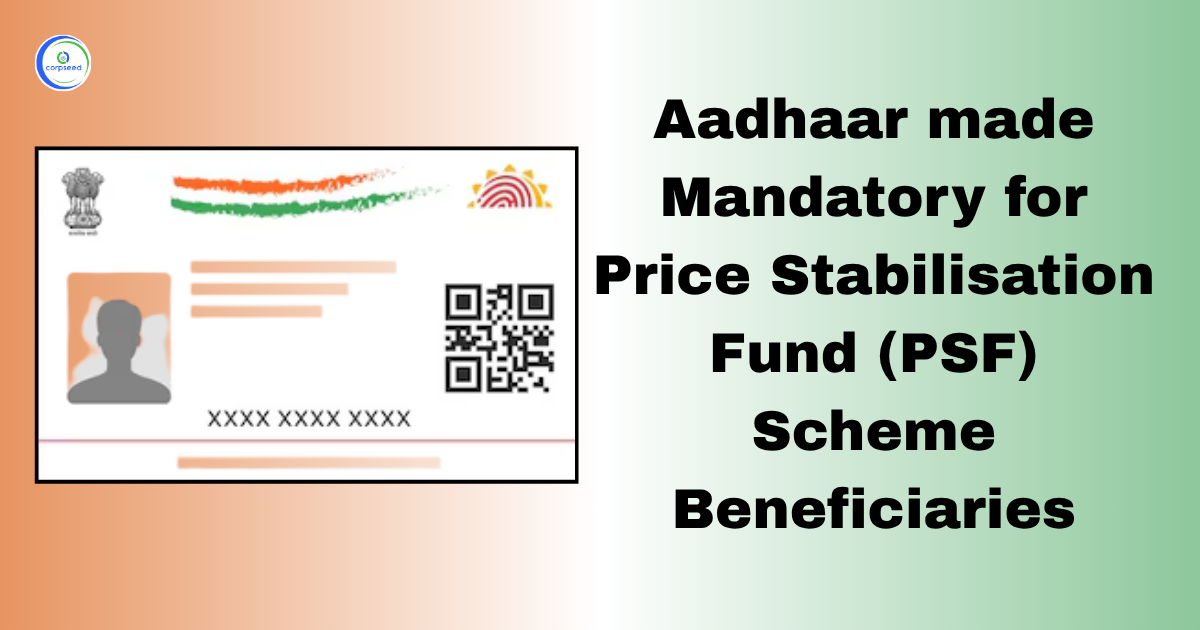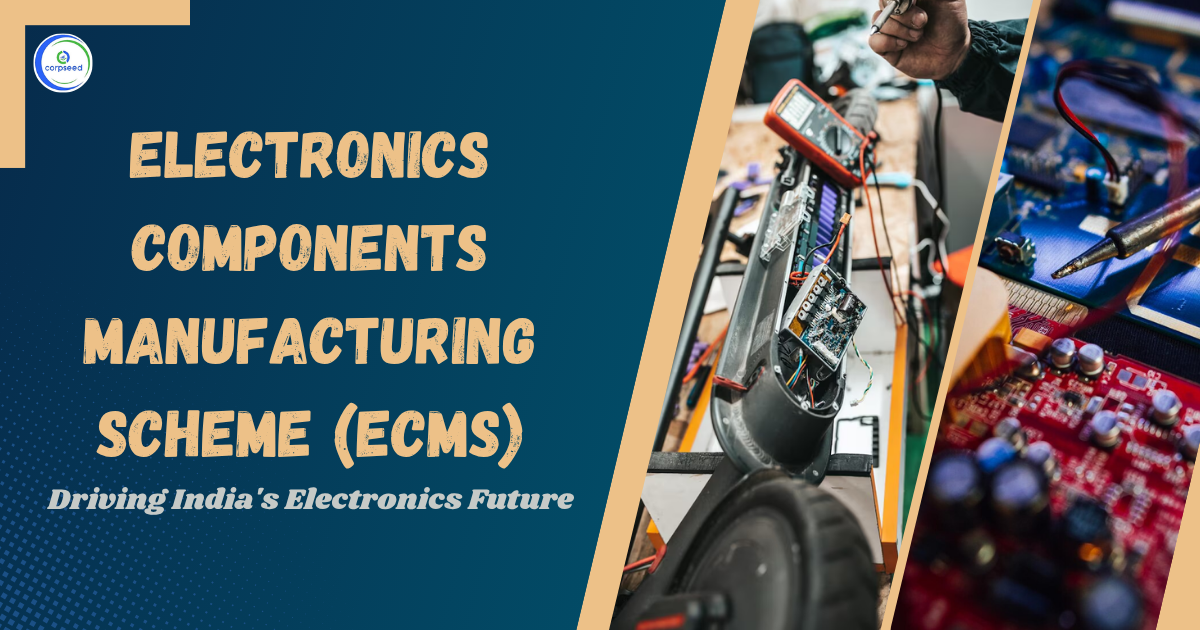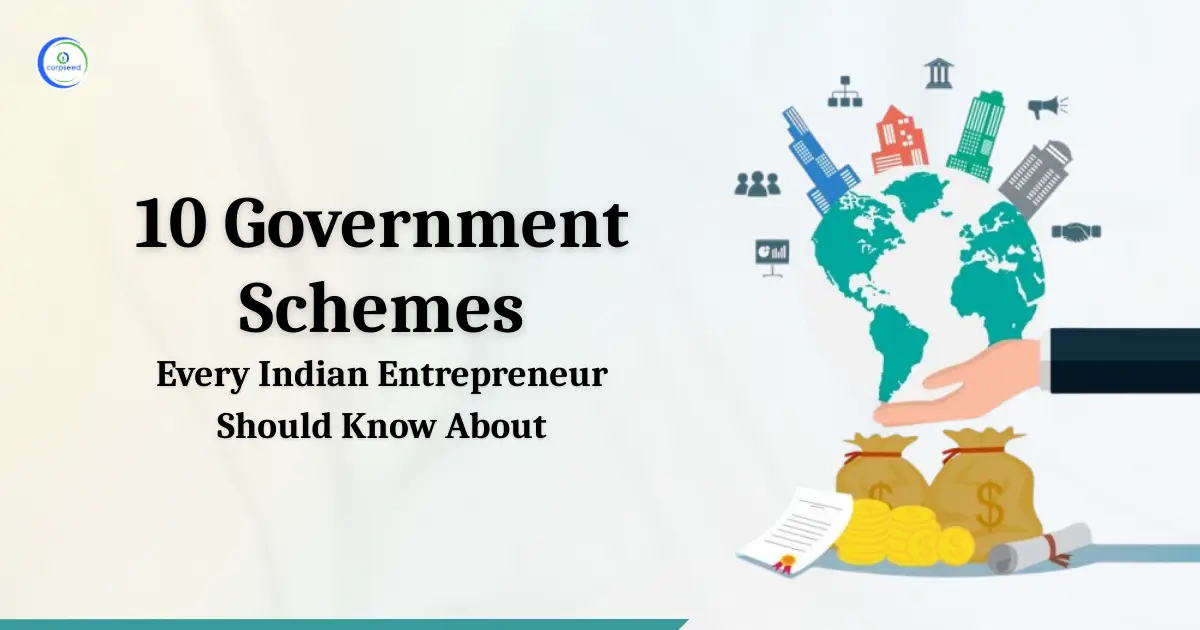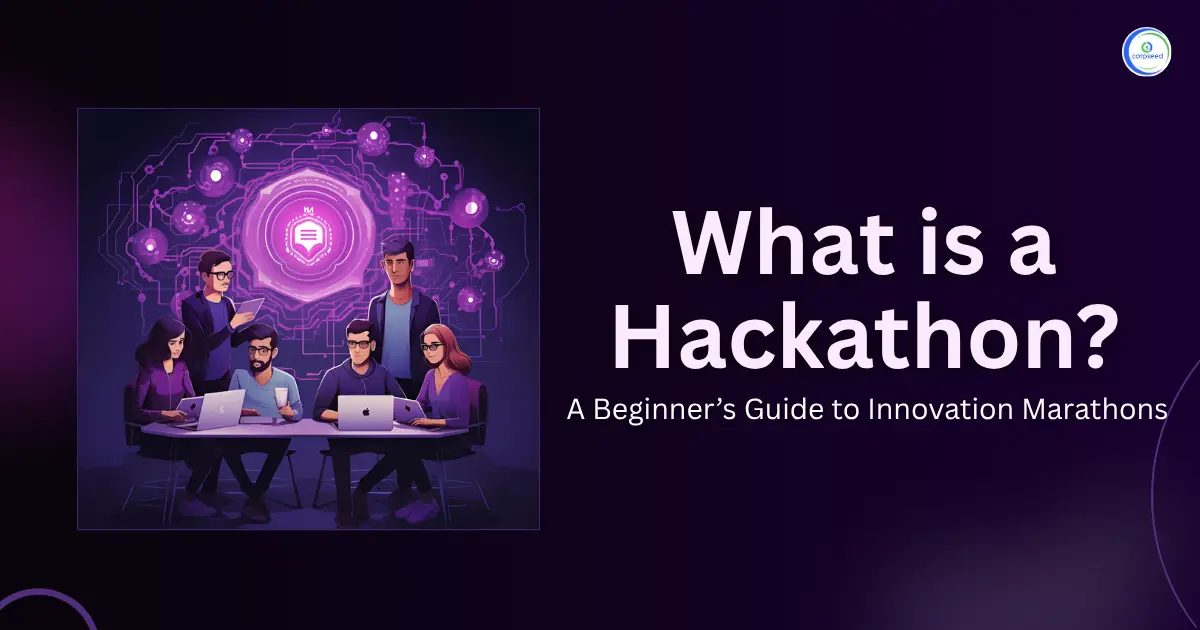Introduction: Drone Regulations in India
We are living in a developing country that is growing really fast in all directions like culture, leadership, and most importantly technology. We are taking new highs in terms of innovation and technology. Drones are not a new technology for the world but they do not have any serious background in India. It is still a developing technology that creates a new market in innovation and technology.
Table of Contents
--------------Blog Contact Form-------------
There are so many technical and mechanical engineers in India who are working on drone technology and innovating it day by day. When the drones were discovered, they were very heavy and big in terms of size and shape but now drones are way lighter and smaller in size. But when we see a drone flying, we don’t think about who manufactured this drone. For that, we have to know who regulates the rules and regulations of drone manufacturing in India. DGCA means directorate general of civil aviation, and the government of India control and regulates drone manufacturing and working in India. Recently DGCA launched a new online platform which is known as the digital sky. These agencies manage all the drone (unmanned Arial devices) activities in India. Since the government of India launched this platform, the process for drone registration becomes much easier than before. This organization has introduced some laws and policies regarding the use of drone technology in India.
This organization suggested maximizing the use of drone technology for commercial purposes. The government of India updated and revised the rules and regulations for unmanned aircraft in the year 2019. This step was taken to prevent the flying and manufacturing of unauthorized (unmanned aircraft) drones in Indian airspace. This organization also regulates the architecture of UAs and develops common scalable standards. The government of India adopted the NPNT process for regulated the drone-related management system. NPNT process refers to “no permission no take-off’. This process of NPNT controls drones through an unmanned traffic management system (UTM). The unmanned traffic management (UTM) system was developed on the requirement bases of civil aviation. These requirements like registration, flight plan, purpose, and permits are included in the unmanned traffic management system.
What is Drone Shakti Scheme?
Budget 2022 prioritized the expansion of emerging technologies and drone training to meet the growing demand for qualified employees. Experts feel this could be a good opportunity for non-engineering students to gain experience in drone-related courses. The union government has boosted the drone industry by declaring that drone-related courses will be offered at Industrial Training Institutes (ITIs). According to sources in the MoSDE, discussions about the project are underway, and the government will soon reach out to the states with an action plan, after which they will be able to assist in finding the appropriate ITIs for the project. This would also promote the drone industry's start-up culture.
All types of technological Start-up will be encouraged to help with 'Drone Shakti' through various applications and 'Drone-As-A-Service (DrAAS)'. Furthermore, the government has approved the use of drones in the agricultural sector, which includes spraying insecticides and nutrients with drones. The union government has budgeted Rs. 1, 04,278 crores for education in the budget for 2022, an increase of Rs 11,054 crore over the previous year.
PLI Scheme for Drone Industry
The central government of India or the union cabinet of parliament has passed the consent and gives the permission for Production Linked Incentive (PLI) Scheme for Drone Industry in India. The PLI Scheme for the Drones and Drone components industry addresses the strategic, tactical, and operational uses of this revolutionary technology. The total amount allocated for the PLI scheme for drones and drone components is INR 120 crore spread over three financial years. A manufacturer of drones and drone components will receive a bonus of up to 20% of the value added. The government has agreed to maintain the PLI rate at 20% for the next three years, a special treatment reserved for the drone industry. The PLI rate decreases every year in other sectors' PLI plans. The government has decided to broaden the scope of the incentive program to include drone-related IT product developers as well. Over the course of three years, the PLI for Drones and Drone Components will result in investments of 5,000 crores, a rise in eligible sales of 1500 crores, and an additional 10,000 jobs.
How Drone Shakti is beneficial:
- The Drone Shakti scheme initiative has been aimed to promote and facilitate drones as a service through start-ups because drones are not new to the world but this is still a new market in India.
- All the steps of the government of India will promote to facilitate 'Drone Shakti' through varied applications and for 'Drone-As-A-Service (DrAAS)'.
- The government of India has also permitted drones (unmanned flying devices) to be used in the agricultural sector which is the largest sector of the economy of India so this involves the use of drones in spraying insecticides and nutrients.
- The initiative of the government of India along with the Production-Linked Incentive (PLI) scheme for drones, is expected to increase domestic/local manufacturing of drones. It creates a new type of drone market in India which will also help the economy.
- It will also open doors of employment for the skilled youth of India. According to sources, the drone market in India is expected to grow at a CAGR of 20.9 percent from 2020 to 2026. This shows that working in this industry will be going to be very worth full and it will also help India to take a stand in the drone market the world.
FAQ`s
A manufacturer of drone or drone components in India will receive a bonus of up to 20% of the value-added.
The total amount allocated for the PLI scheme for drones and drone components is INR 120 crore spread across 3 financial years.
In the recent notification released by DGFT, the Import of Drones in India in a Completely-Built-Up (CBU), Semi-knocked-down (SKD), or Completely-Knocked-down (CKD) form is prohibited.
However certain exemptions have been listed in the notification as listed below,
- Import of drones for R&D purposes in CBU, SKD, and CKD form.
- Import of drones by GOI for defense and security in CBU, SKD, and CKD form
All types of technological start-ups will be encouraged to help with ‘Drone Shakti’ through various applications and ‘Drone-As-A-Service’.
This portion of the site is for informational purposes only. The content is not legal advice. The statements and opinions are the expression of author, not corpseed, and have not been evaluated by corpseed for accuracy, completeness, or changes in the law.
BOOK A FREE CONSULTATION
Get help from an experienced legal adviser. Schedule your consultation at a time that works for you and it's absolutely FREE.




_for_Compressed_Biogas_(CBG)_Corpseed.webp)




_Scheme_in_India_Corpseed.png)